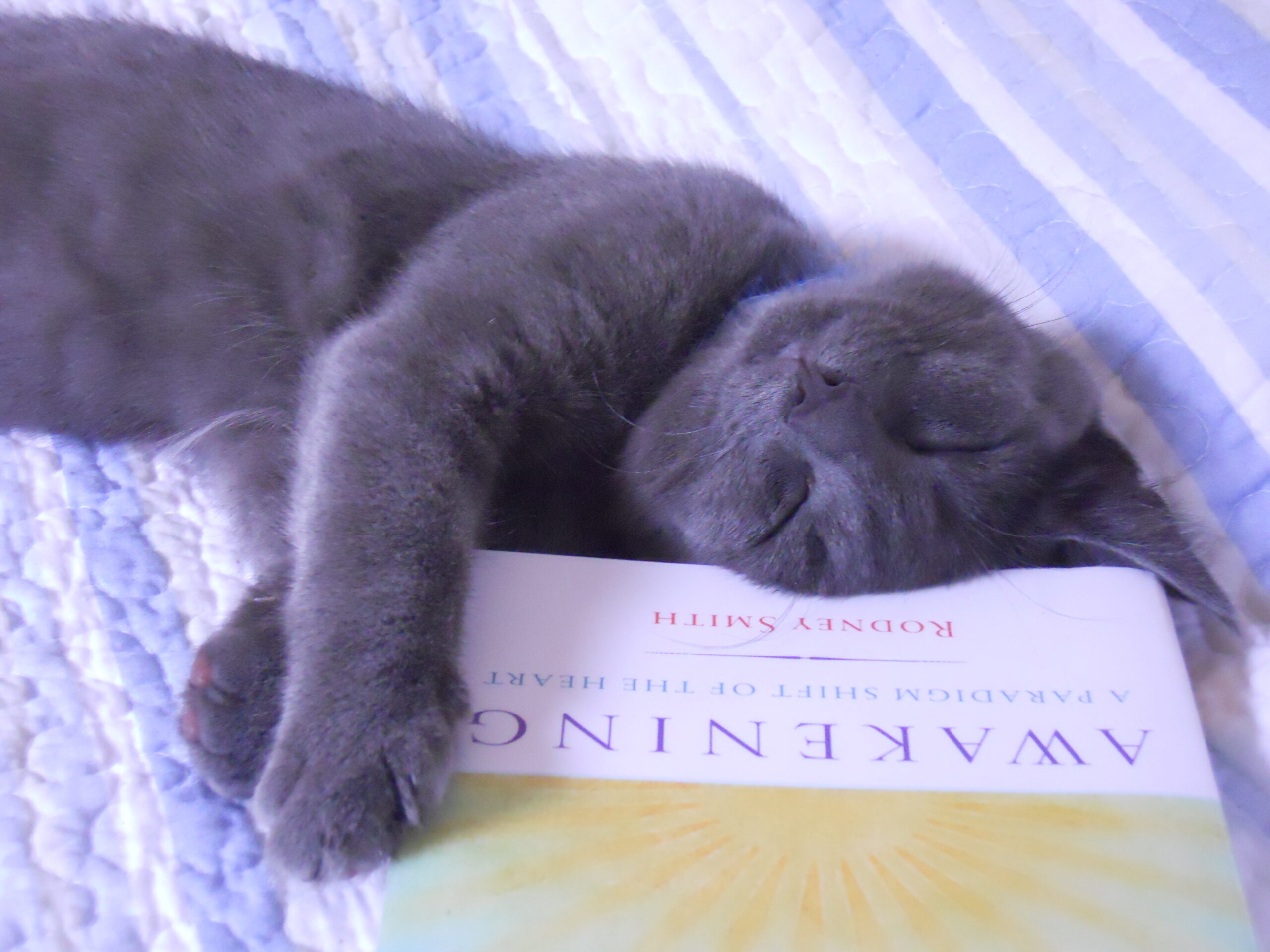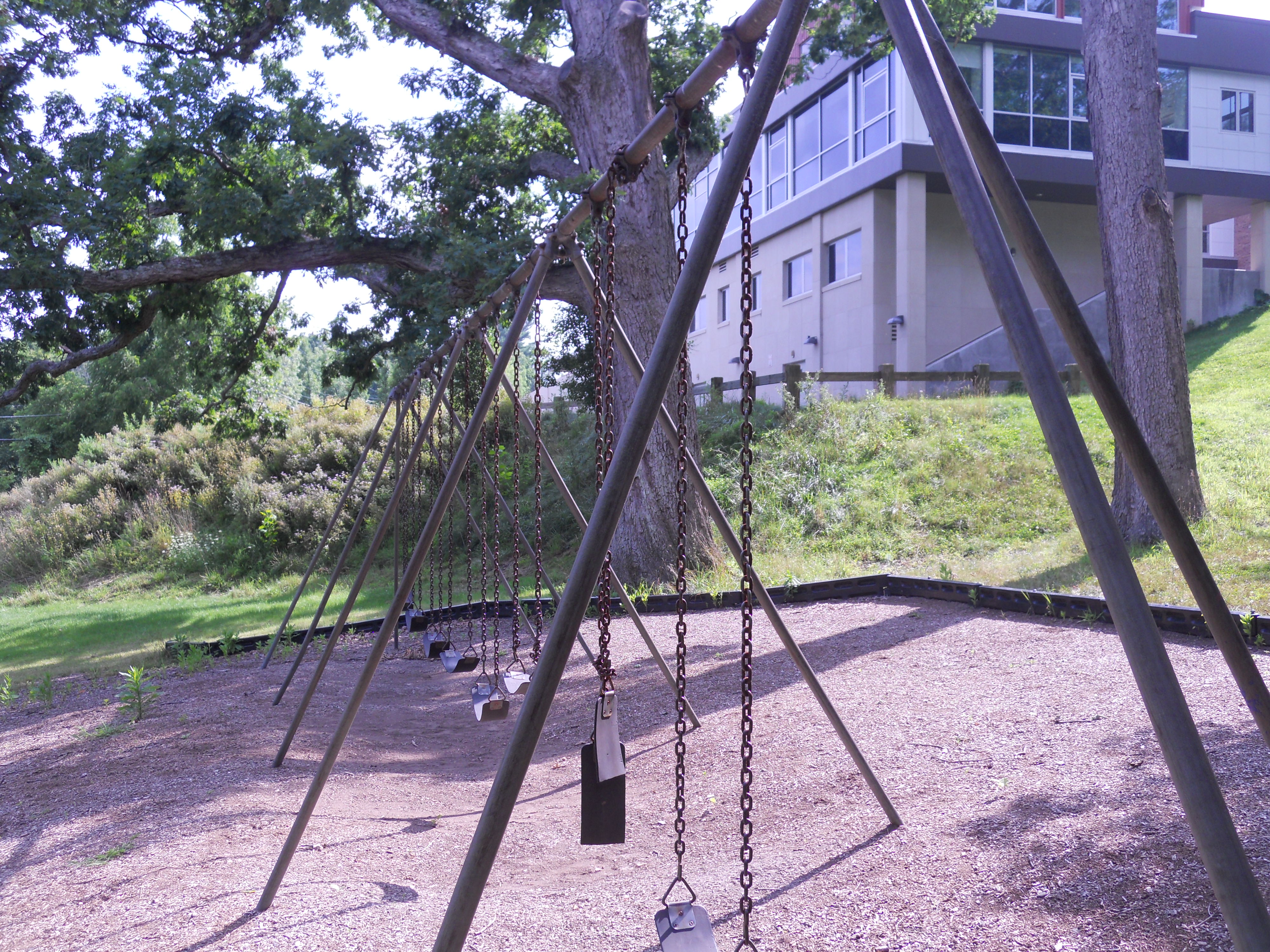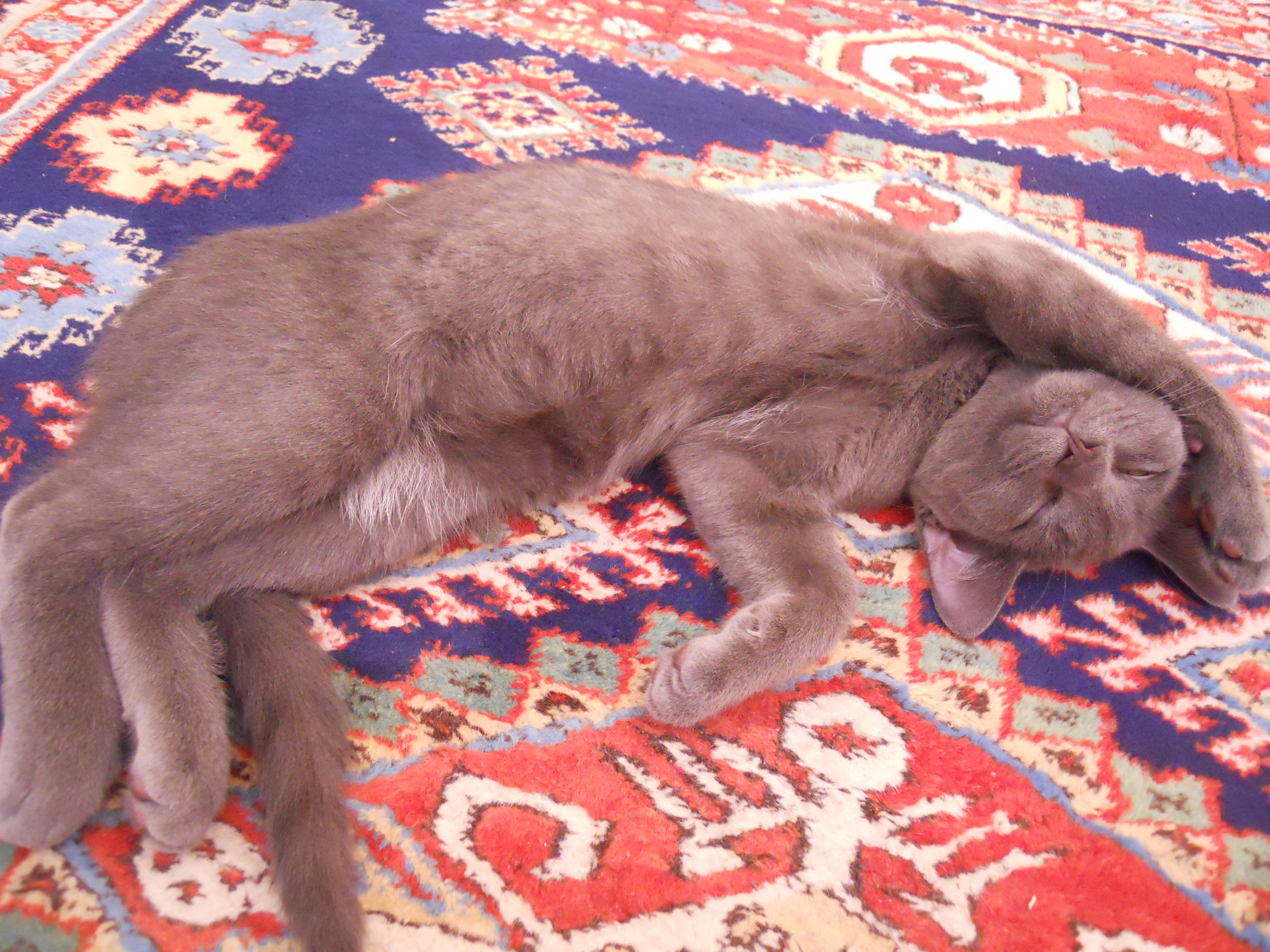I’ve begun reading a book called Proust and the Squid: The Story and Science of the Reading Brain, by Maryanne Wolf. Right from the beginning, the book confirmed suppositions I’ve had since I started reading and startled me into wonderful new realizations and connections.
Proust, the novelist named in the title, thought of reading as a sanctuary where humans could access realities they could never experience otherwise. The author uses him as a metaphor for ⎼ metaphor, literature, communication, art, creation. The squid is used in the title as an analogy for the squid-like appearance of neurons, as well as the study of neuroscience. The complexity of neurons enables our brains to learn, repair themselves, make and change billions of connections, and change ourselves. The book explains how the brain makes reading possible. Knowing how we’re able to read enhances the sense of wonder that we can read.
Wolf describes a discovery by cognitive scientist David Swinney, that when we read a word, even a simple one like bug, we activate in our brain not just one simple meaning but a whole host of associations. It utilizes a vast network of neurons, not just the language areas of the brain and the visual cortex, but areas for emotion, reasoning, memory, etc.
When we read the word bug, we can think of a crawling insect, as being bugged by a spy or an intrusive neighbor, a glitch in software, maybe even imagining ourselves in a Volkswagen Beetle. And since our minds can stray when we read, and we empathize with characters and situations we read about, those associations can connect us to incalculable other meanings and locations. It can lead to new ideas. It can, for example, connect to the vegetation or location where we’ve seen a bug, been bitten or graced by them. We bring the story of our lives into each word we read.
This richness of associations depends on the richness of what we’ve previously stored away. This informs us of the need for children to have a rich upbringing, to meet a variety of people, stimuli, and experiences. For them to be read to, and for them to begin reading a wide variety of literature once they’re able to read. When I was 4 or so my father read literature to me, like the romantic play Cyrano de Bergerac. This instilled in me a love for the possible intimacy of words and storytelling that has lasted throughout my life.
All children, and parents, need to have the economic resources to make this richness of upbringing possible⎼ to have good health care, good schools, and a society that appreciates and supports children, parents, literature, and education. As the word bug is connected to our whole lives, the child is interconnected with all of society. We all benefit from a well-cared for and educated younger generation.
Also, the more indirect and complex the semantical structure of the written sentence, the more vivid the experience of the reader. Wolf quotes the poet Emily Dickinson as saying, “Tell the truth, but tell it slant.” Tell it with echoes. When told indirectly, more risk is involved, and we take in more of the unexpected. Our imagination and empathy are stimulated, and we have more opportunity to encounter and make connections with ourselves and others….
*To read the whole article, please click on the following link to The Good Men Project.







